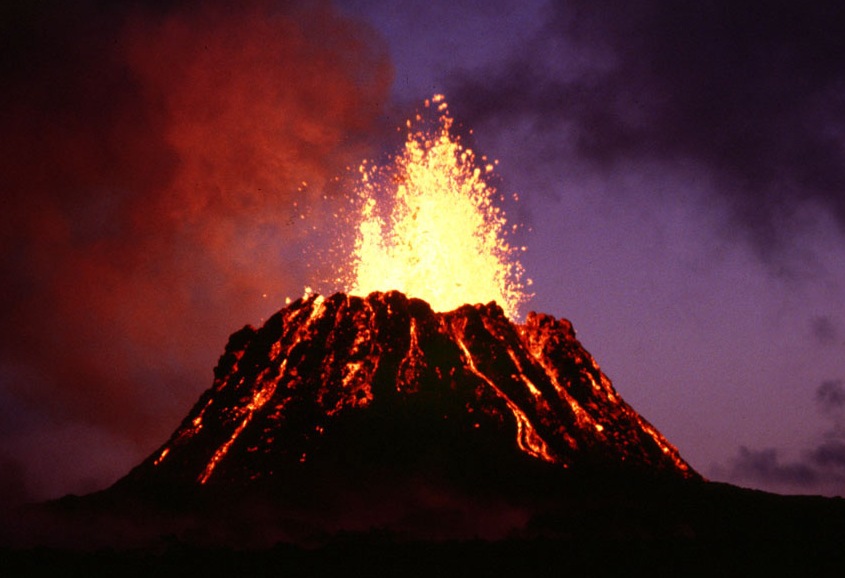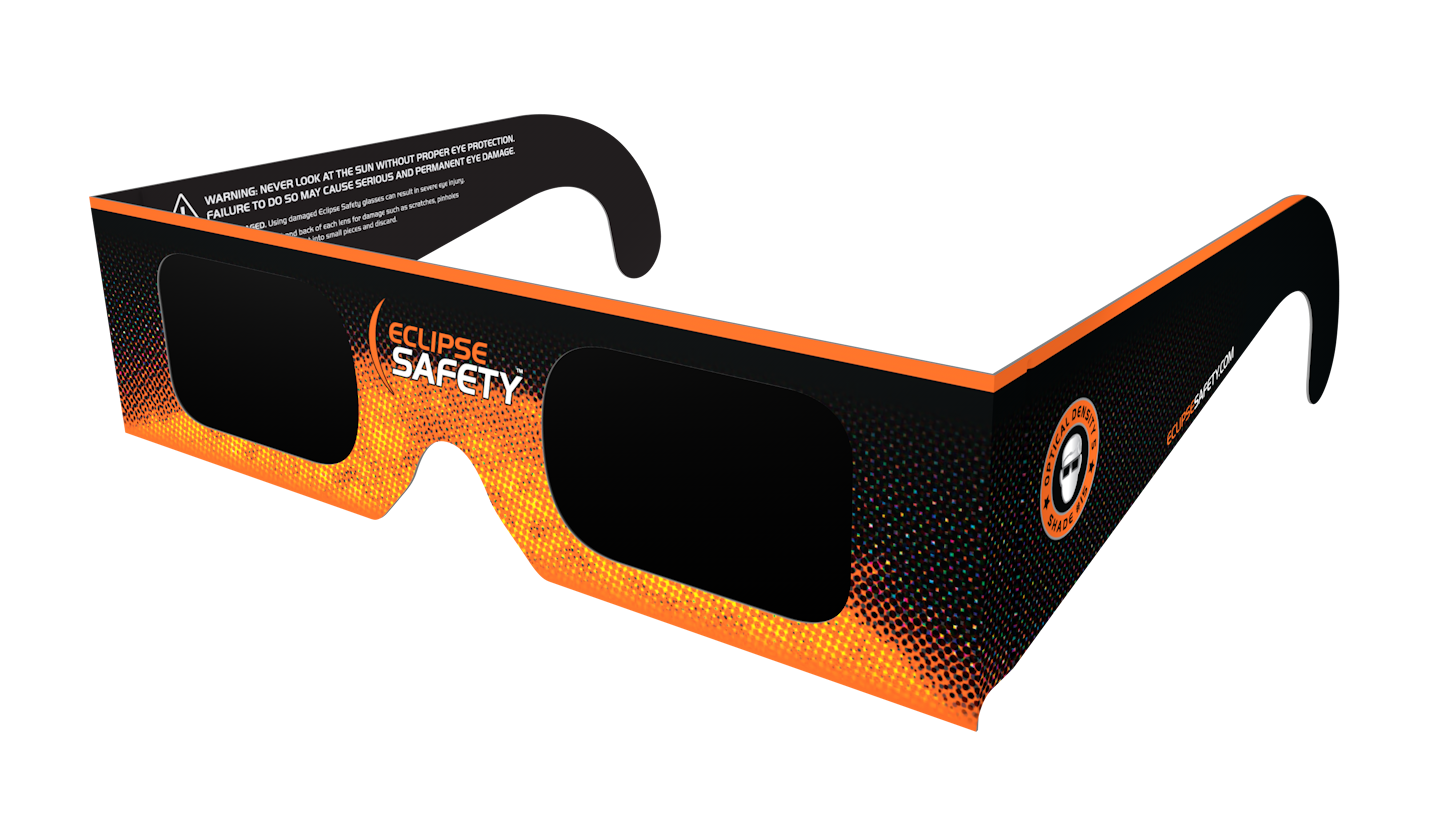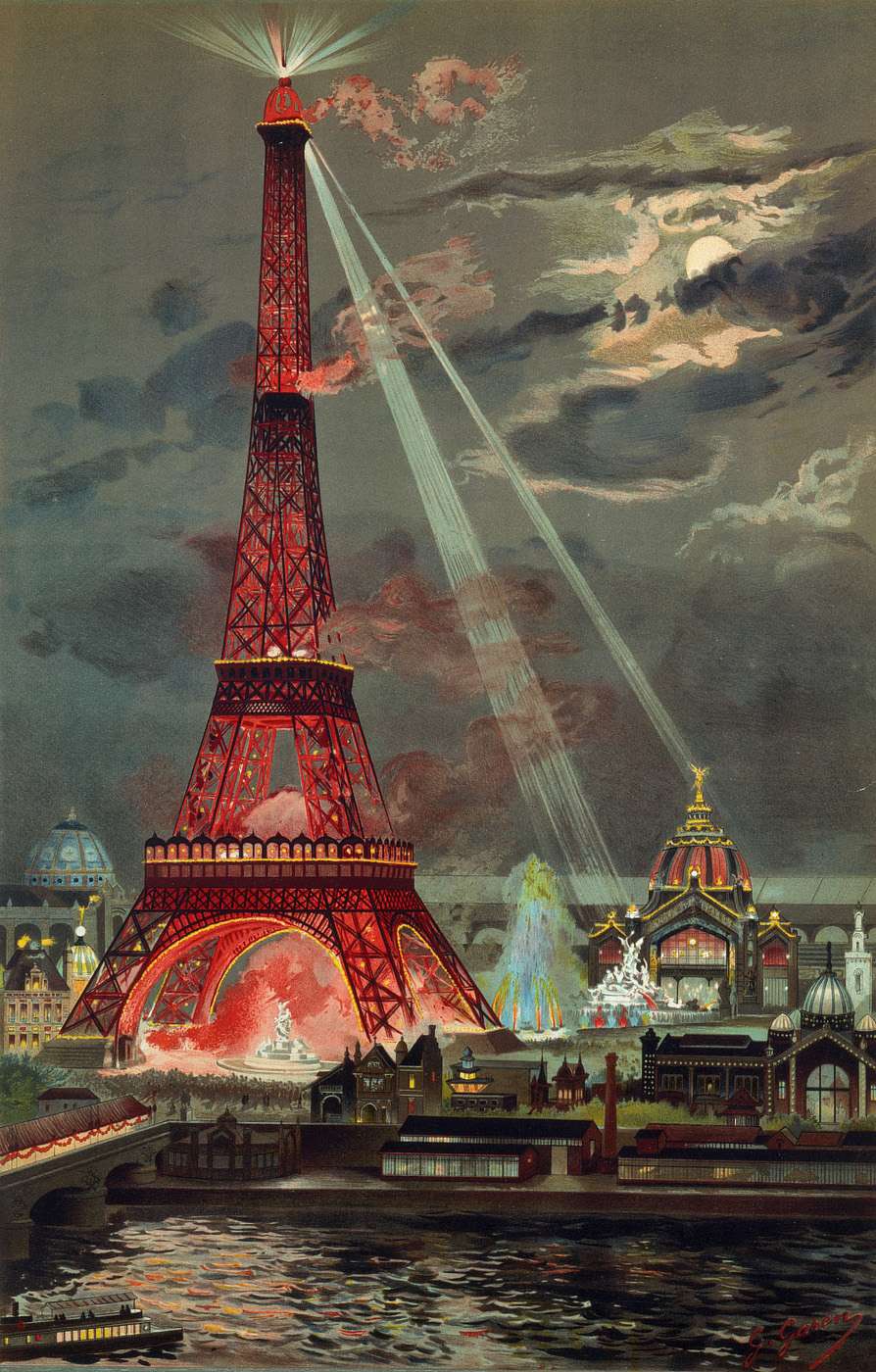
World’s longest span, China’s Hong Kong-Zhuhai-Macau Bridge, stretches 34 miles (55 km) across the Pearl River Delta. An artificial island supporting Zhuhai’s port joins the financial centers of Hong Kong, Shenzhen (Special Economic Zone), and manufacturing areas like Dongguan. The bridge cuts travel time between Zhuhai and Hong Kong, formerly taking 4 hours, to 40 minutes. One unique aspect revealing cultural history: traffic patterns change from left-lane driving (in once-British Hong Kong) to right-lane vehicular traffic (the rule of the road in China).

Bridges have long encouraged economic activity. London Bridge was perhaps the first shopping mall: spaces along the span were leased to stores whose taxes paid for bridge maintenance. The Brooklyn Bridge cost $15 million to build. Tolls varied: it cost one penny to walk across but double that if you brought a horse or cow, and ten times more with a one-horse wagon. Fifteen years after the bridge joined Manhattan and Brooklyn, the latter’s population doubled and both economies grew rapidly.
China’s new bridge may promise economic development but also drew headlines for costs: $7 billion for the 14 mile main span; $13 billion for tunnels. The project used enough steel (400,000 tons) to build 60 Eiffel Towers. There were also costs in lives lost: 10 people perished during construction; another 500 were injured. There were costly delays (the project was two years late) and troubling scandals: 19 people were indicted on criminal charges for fake concrete. Another cost: the number of rare white dolphins (sometimes called China’s marine panda) swimming in Hong Kong waters dropped by half, even though $68 million was devoted to their protection.
How can the Hong Kong-Zhuhai-Macau Bridge assure environmental stability? Will the University Alliance of the Silk Road and the Confucius Institute help to bring sustainable and inclusive values that are perhaps the most important bridges?
Confucius Institute. http://chinesecio.com
Hong Kong-Zhuhai-Macau Bridge Test Drive: https://www.youtube.com/watch?v=x9VOhEH4te0
Ramsey, Austin. “China opens giant bridge linking Hong Kong, Macau, and Mainland,” 23 October 2018, The New York Times.
University Alliance of the Silk Road. http://uasr.xjtu.edu.cn/About_UASR/UASR_Introduction.htm
Zhou, Christina, and Bang Xiao. “China’s massive sea bridge linking Hong Kong, Macau, and Zhuhai slashes rare white dolphin population.” 25 October 2018. https://www.abc.net.au/news/2018-10-25/white-dolphin-numbers-drop-worlds-longest-sea-bridge-opens-china/10428038.
Building the World Blog by Kathleen Lusk Brooke and Zoe G Quinn is licensed under a Creative Commons Attribution-NonCommercial-NoDerivs 3.0 Unported Licen










